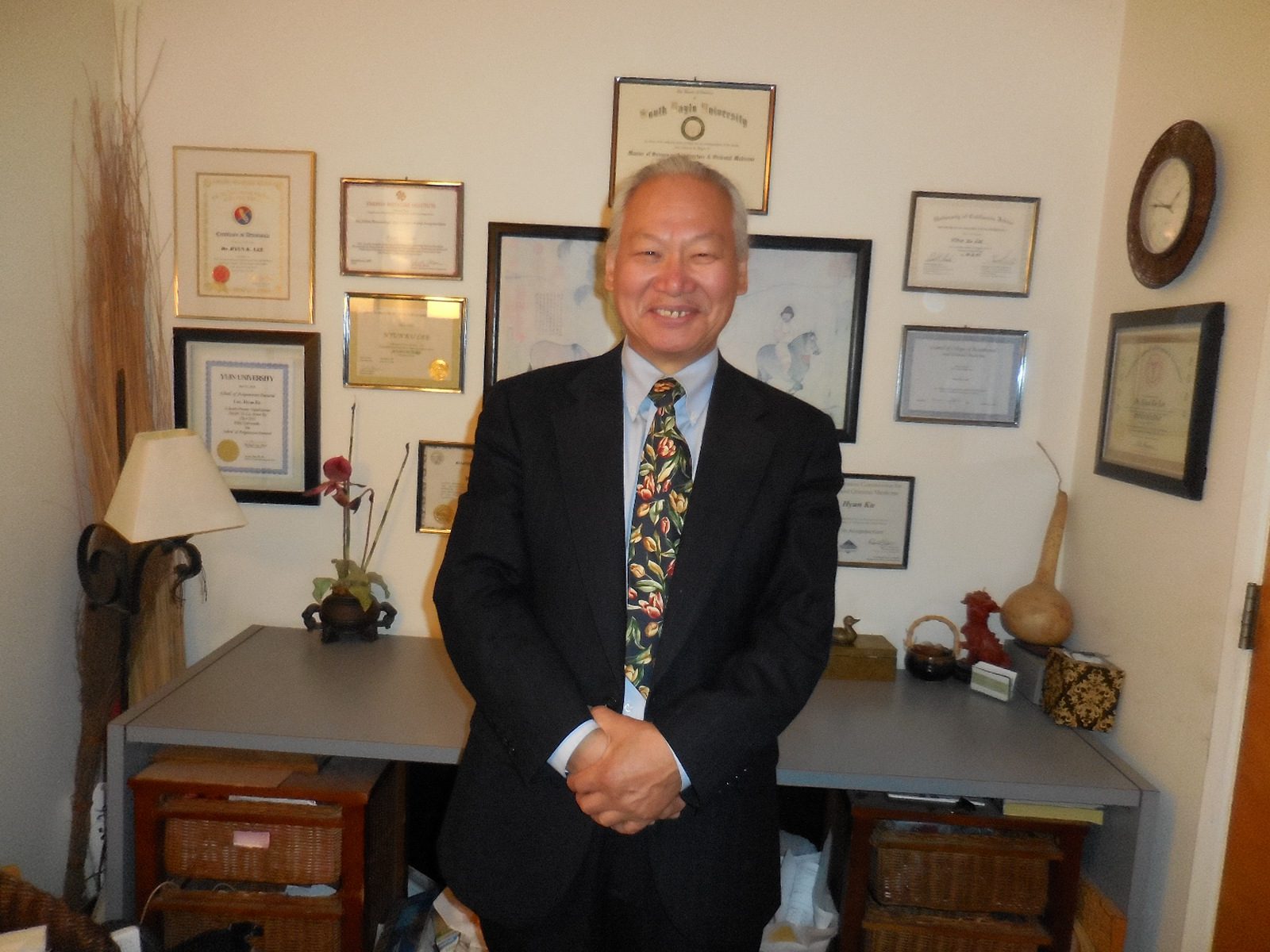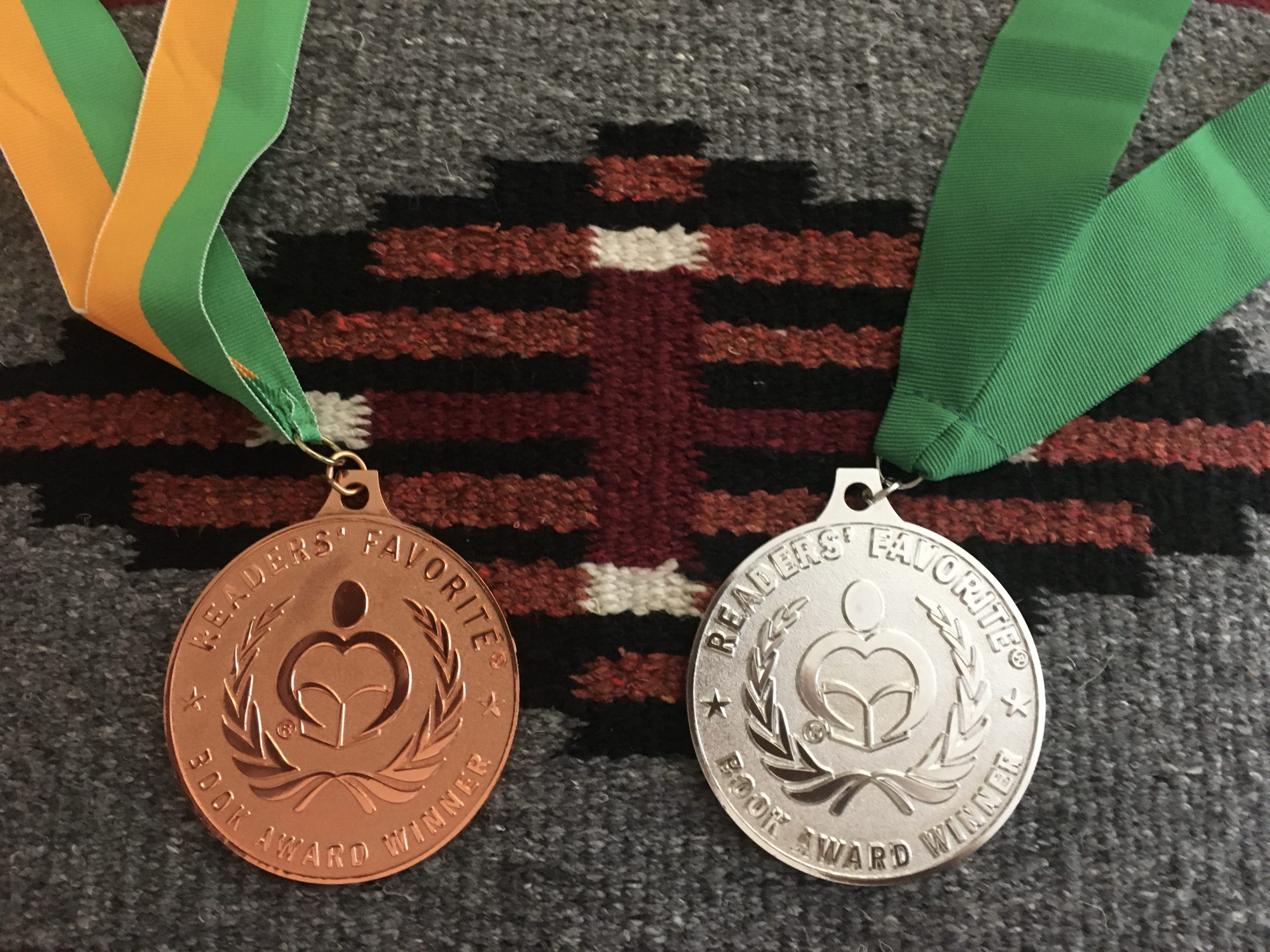Staff Report
Mary Lou, the 58-year-old American alligator at the Santa Barbara Zoo, has died. Mary Lou had lived at the Santa Barbara Zoo since it first opened, making her the oldest and longest-term resident.
“A week ago Mary Lou began showing symptoms of being very ill with a systemic disease, and was being treated,” said Dr. Julie Barnes, vice president of Animal Care & Health at the Santa Barbara Zoo. “Despite our efforts to reverse her symptoms, she did not respond to treatment.
“A necropsy was performed over the weekend, which showed she had multiple severe pathologies that are most likely consistent with a generalized bacterial infection suspected to have originated from the reproductive tract. Tissue samples have been submitted, and we will likely know more when we get the histopathology results in a few weeks.
“Mary Lou has had a long and healthy life here at the Santa Barbara Zoo, and has been loved by so many staff and guests over the years. We’re grateful to everyone who has loved and cared for her during her long life at the zoo,” Barnes said.
Mary Lou arrived at the Santa Barbara Zoo in 1964, along with a male alligator. The zoo’s first director, Ted McToldridge, who retired in 1997, recalled when Mary Lou first arrived.
“A little boy showed up at the zoo one day, holding out a shoebox with two little alligators inside, and said ‘Mister, will you take care of my alligators? My mommy won’t let me keep them,’ and so we took them into our care,” McToldridge said.
The two alligators were thought to be about 1 year old at that time. The male died in 1997. American alligators generally live until around 50 years old, and Mary Lou lived about 58 years.
“Mary Lou was the oldest animal at the zoo, both in years lived and years in residence,” said Nancy McToldridge, current zoo director. “That made her very special. She was known and loved, not only by staff and guests, but also by crocodilian enthusiasts across the country. We will miss her very much.”
In 1967, American alligators were protected as an endangered species, even before the Endangered Species Act of 1973. This was due to habitat loss and hunting for their skins, which were used to make handbags, wallets, shoes and other products. Just 20 years later, their numbers rebounded, and American alligators were considered one of the first endangered species success stories.
Today, more than 1 million alligators can be found in the swamps and wetlands of the American Southeast, and they are listed as “Least Concern” by the IUCN Red List.
For more about the Santa Barbara Zoo, visit sbzoo.org.





